3 Artisans on What It Means to Be Authentically Australian
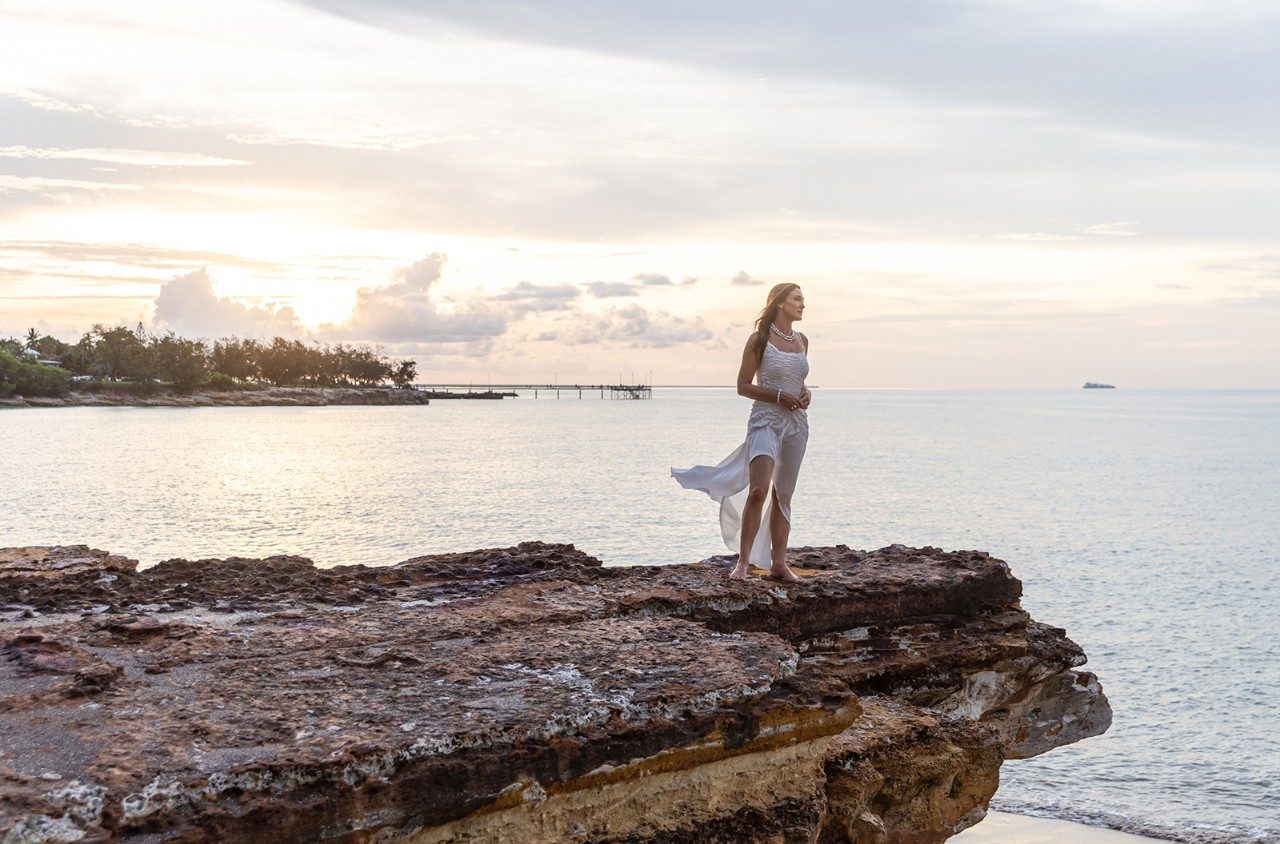
A bounty of wild landscapes, uncommon light and natural treasures is shaping our country’s creative output. These three leading artisans demonstrate what it means to be authentically Australian.
Matt Adams, Chef
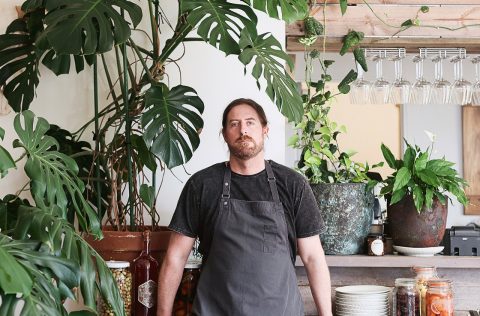
Community is everything to the owner of Timbre, an eatery powered by backyard growers and the pursuit of good food and wine in northern Lutrawita/Tasmania.
“I wanted my own place to be grassroots, a vineyard restaurant that sat on the Tamar Valley Wine Route but had a connection with the local community. It all began with me doing a call-out to ask if any of the neighbours were growing veggies in their backyard that they would trade. I thought we’d be swapping lemons for coffees but all of a sudden we had people bringing produce in weekly – everything from herbs to fruit and vegetables – and asking what we wanted them to grow next.
What we’ve created here is a community of people who are now our friends, coming in and eating dishes that are made from their own produce – you can walk around the restaurant on a Friday night and say table one brought the lemons, table two brought the tomatoes. At Timbre, planning our menu is all about reverse engineering. We have a zero-waste style of cooking so if we have an excess of something, we’ll find ways to ferment, smoke, preserve and pickle it. It’s intensive but you end up finding new flavours that you won’t have tried before. And it’s a lovely way to cook.
Visitors get a real snapshot of where we are on the Tamar River, which is 10 minutes out of Launceston, surrounded by the community where all the ingredients come from so we’re able to offer a genuine product. It’d be incredibly hard to do what we do in Melbourne or Sydney. The people and the closeness that you can have with your customers and suppliers makes it really special. Timbre has become a home base, somewhere that everyone feels they’re a part of.”
Christine Salter, Creative director
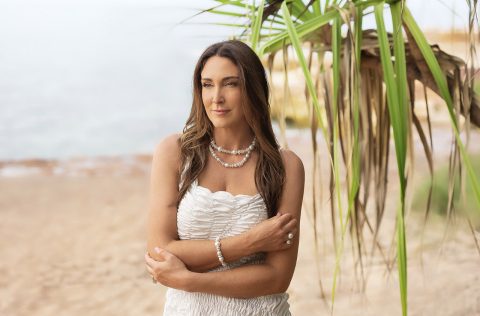
The visionary behind Paspaley’s unique creations draws on a family legacy of more than 85 years and the raw beauty of the Kimberley to craft its exquisite jewels.
“My soul comes alive in the Kimberley, one of the most untouched places on earth. The Paspaley pearl farm is only accessible by air or sea and this disconnection from the rest of the world transports you back to before civilization began – it’s a spiritual experience.
Pearls have always defined the way my family lives and there was never a time when they weren’t part of my life. I’m still in awe every single time I see one of the gems come out of an oyster because it’s a natural process and nature is magic. You never know what you’re going to get when the shell is opened – there’s a mystique and anticipation in that moment, like when you see a magnificent storm rolling in. It’s something you never tire of.
The Kimberley is the only location in the world where the Pinctada maxima oyster grows in abundance and in the wild. Paspaley oysters require the region’s unique tropical tidal movements to replenish their nutrients and because of the oysters’ health, our pearls are the largest and most lustrous.
Many of our collections draw inspiration from the environment here; we forage through the bush and walk along the beach to collect wild berries and bird feathers. Others, like the Lavalier collection, take a more literal approach, inspired by pearling artefacts, such as the pendant’s pearl suspended like a vintage glass buoy encased in rope. It’s the same method our divers use to make their nets by hand. There are many stories to tell about the pearl so finding inspiration is never difficult.”
Thea Anamara Perkins, Artist
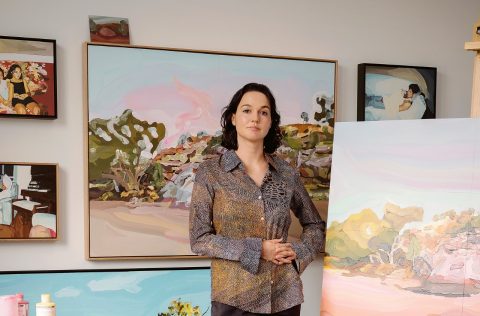
The Arrernte and Kalkadoon painter’s practice encompasses portraits and landscapes, using the distinctive light and colours of the Northern Territory.
“My middle name, Anamara, is an Arrernte word, a Dreaming, and the name of a river that runs north of Alice Springs [Mparntwe]. I love having a [First Nations] language word as part of my name and there are beautiful allusions to water, that precious, life-giving force, something that’s cyclical and regenerative.
Alice Springs is somewhere that I’ve been going to since I was a kid and I have a strong connection to that place. I’ve always felt a pull to go there; it’s somewhere I can restore and recharge my energies. It has to be seen to be believed. When people think of the desert they think of sand dunes but Alice Springs has this extraordinary lushness and diversity to it – it’s an endless well of inspiration. The light and colours are burned into my memory.
I’m very interested in the technical side of painting and colour theory. It’s fascinating to me to try and achieve the radiance from the brilliant light that’s particular to the Alice. Even in the shadows, the light has this interplay with skin – it’s very reflective and a central concept in my portraits.
Being Australian underpins everything I do because I am of this place. Especially being a First Nations person, there’s an understanding that you belong to Country, you’re a part of it. It’s a visceral kind of understanding. Alice Springs is important to me in that respect but growing up in Sydney has also had a formative effect on me. We draw from our context and that becomes an inherent part of your creative practice.”
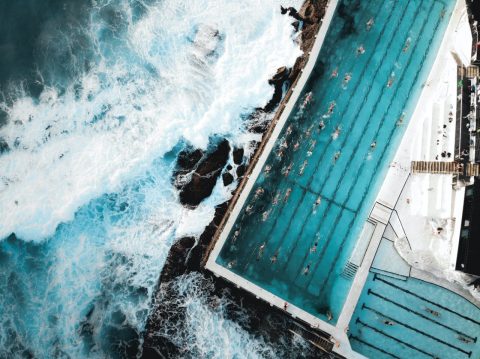
Start planning now
SEE ALSO: 9 Emerging Australian Creatives Shaping Art and Culture Right Now
Image credits: Nic Walker (Thea Anamara Perkins); Ness Vanderbergh (Matt Adams); Helen Orr (Christine Salter)


